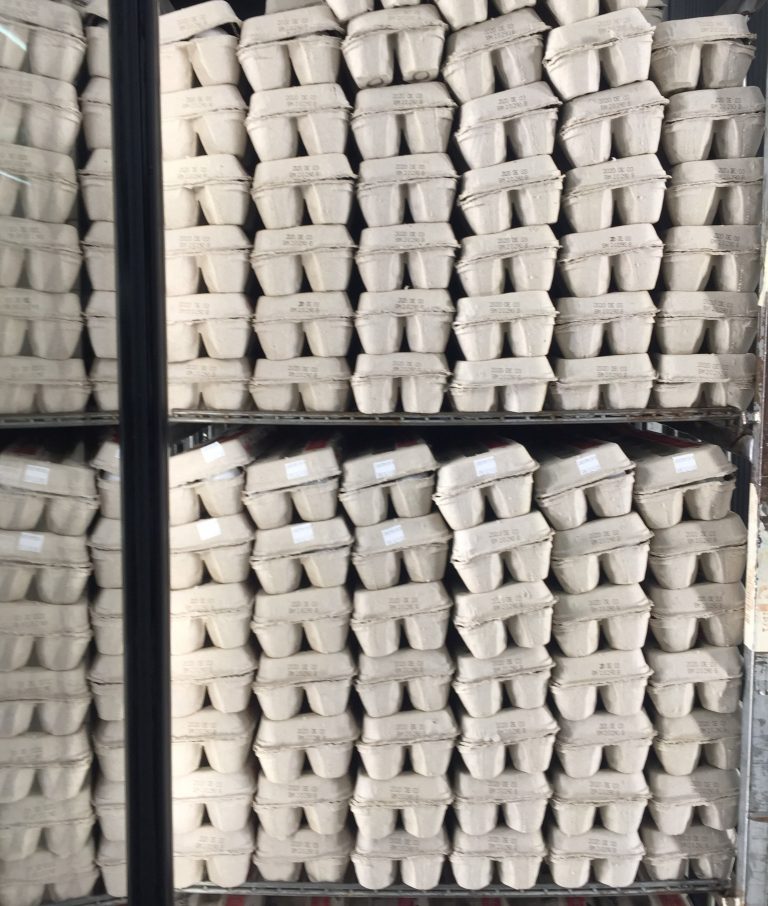Chicken Little is an Increasingly Rare Bird

Production of boiler chickens (those raised for their meat, not eggs) in the US has grown from just over 10 billion in 1970 to nearly 60 billion pounds in 2021. Additionally, the average chicken raised today is twice the size as a chicken raised 60 years ago, and the amount of time it takes to raise a chicken to full size has been cut in half over the last century. These advances in chicken production are largely due to advances in genetic science, which allows for selective breeding, and improved nutrition. For chicken producers, this has dramatically lowered the cost per pound of raising chickens.
Raising these larger, faster-growing chickens has lowered the cost of producing a pound of chicken protein and allowed for the increased total production needed to feed a growing global population. However, fast-food restaurants that sell bone-in chicken products and chicken sandwiches prefer smaller chickens. Despite recent declines in chicken prices, growing demand for chicken sandwiches has made it more difficult for restaurants to find enough of the smaller chickens.
As higher prices for small chicken products put pressure on restaurant profits, large chains have, in turn, been pressuring their suppliers to produce more of the smaller birds. Suppliers, however, are hesitant to do so because the larger birds are more profitable. They cost about the same to raise as a small chicken, but the large chicken produces twice as much meat. Additionally, producing more of the smaller chickens would require processing plants to reconfigure their facilities to accommodate the smaller birds. This is not an attractive investment, given the smaller birds are already less profitable.
Given these hurdles, it is unclear whether suppliers will increase capacity to meet demand, or whether restaurants will have to find alternatives to the small birds.
Discussion Questions:
- Why might fast-food restaurants that sell bone-in chicken products prefer small chickens over large chickens?
- Use a supply and demand model to show how an increase in demand for small chickens affects the equilibrium price and quantity of small chickens.
- Would you expect the price elasticity of supply for small chickens to be relatively elastic or relatively inelastic? Explain.
Multiple Choice:
- How would an increase in the price of small chicken breasts affect the market for chicken sandwiches? (Hint: chicken breasts are an input in the production of sandwiches.)
- If demand for chicken sandwiches increases, we would expect the equilibrium
Sources| WSJ: https://www.wsj.com/articles/kfc-other-chains-hunt-for-elusive-4-pound-chicken-e0a51dc3; WNKY: https://www.wnky.com/chicken-shortage-leads-to-increased-prices-at-some-fast-food-restaurants/; Unsplash: https://unsplash.com/photos/8wtuWVzQbpE













